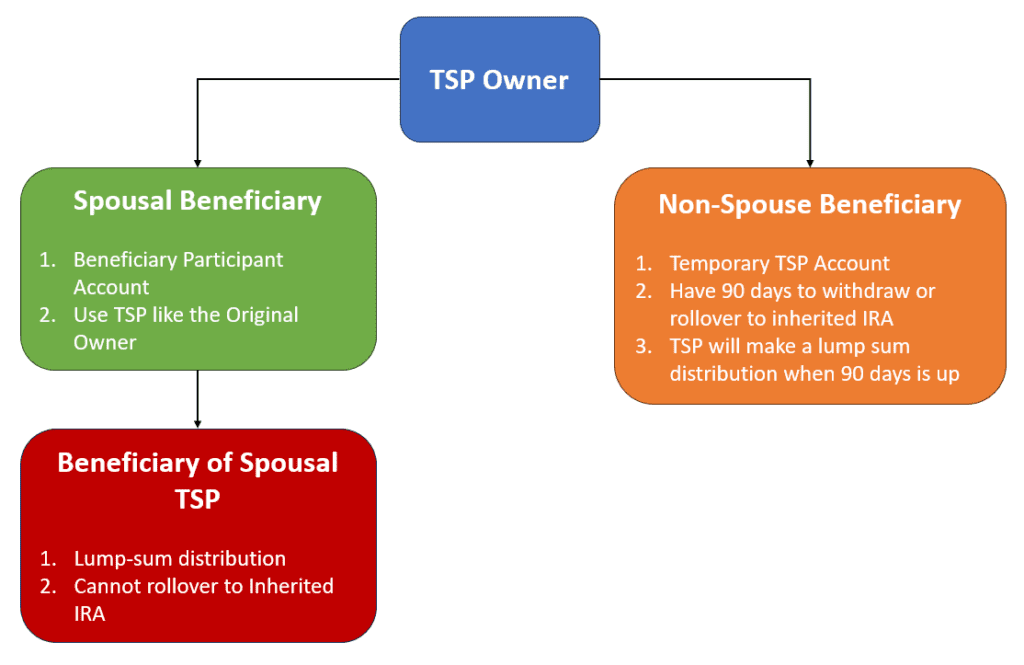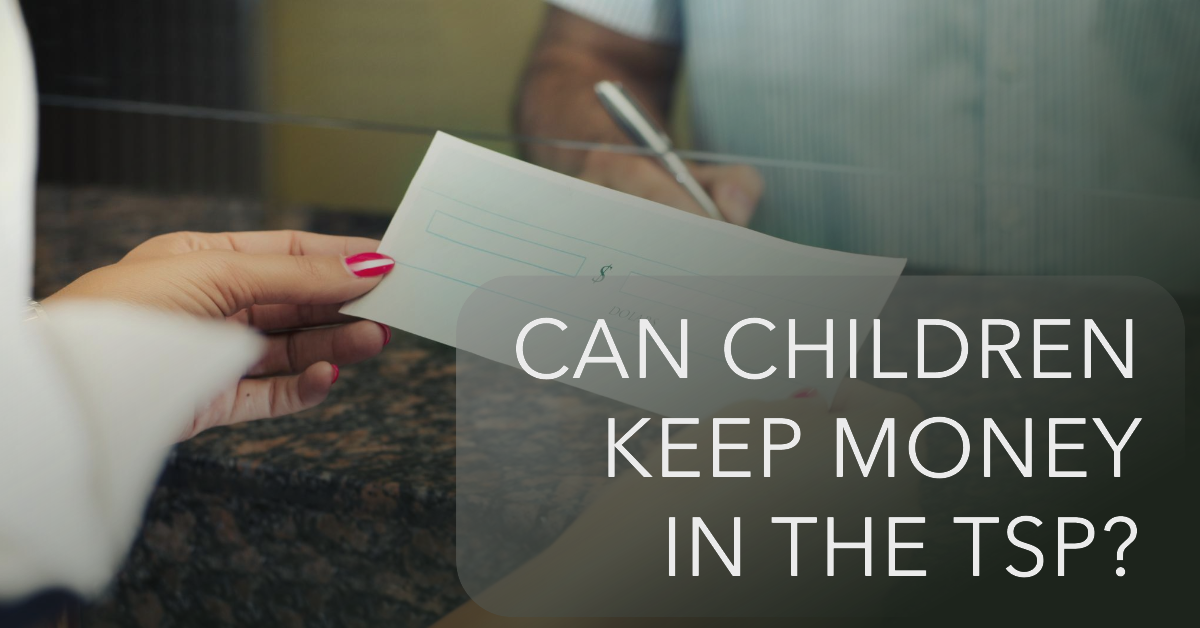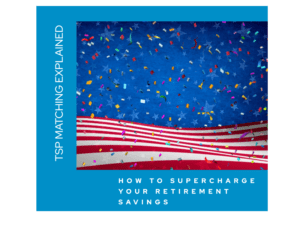How Will The Thrift Savings Plan Pay My TSP Beneficiary?
The Thrift Savings Plan (TSP) is designed to provide financial security for federal employees and service members during their retirement years. However, it also ensures that those benefits continue to support loved ones after a participant’s passing. Upon the death of a TSP participant, the plan initiates a specific process to distribute the remaining account balance to designated beneficiaries. Depending on the type of beneficiary and their relationship to the deceased, different procedures and options become available, ensuring the smooth transfer of assets and continuation of the TSP’s mission to provide financial well-being.
Types of Beneficiaries
There are two primary types of beneficiaries under the TSP:
Spouse Beneficiary: If a participant designates their spouse as the beneficiary, the spouse becomes a TSP beneficiary participant account upon the participant’s death. The beneficiary participant account functions similarly to a regular TSP account, allowing the spouse to continue investing and withdraw.
Non-Spouse Beneficiaries: Non-spouse beneficiaries include children, other family members, or trusts. Upon the participant’s death, a temporary TSP account is established for non-spouse beneficiaries, who can receive the funds through various methods, such as a single lump sum payment, installments, or transferring the funds to an inherited IRA. They only have 90 days to make a decision. After that, the TSP will automatically pay the lump-sum total distribution to the beneficiary. To learn more about potential pitfalls with TSP inheritance, you may explore common TSP inheritance issues.
Knowledge is Confidence!
Payment Process for Spouse Beneficiaries
The payment process for spouse beneficiaries is relatively straightforward:
- Beneficiary Participant Account: Automatically establish a beneficiary participant account in the spouse’s name.
- Investment Options: The beneficiary participant can maintain the existing investment allocations or choose different investment options.
- Withdrawals: The beneficiary participant can withdraw as needed, subject to TSP rules and regulations.
- Required Minimum Distributions: The TSP will assist in calculating the RMD amount based on the ages of the participant and spouse.
Payment Process for Non-Spouse Beneficiaries
The payment process for non-spouse beneficiaries is slightly different:
- Temporary TSP Account: A temporary TSP account is created to hold the deceased participant’s TSP balance.
- Payment Options: The non-spouse beneficiary has 90 days to choose a payment option, including a single lump sum payment, installments over time, or a transfer to an inherited IRA.
- Automatic Payment: If no payment option is selected within 90 days, the TSP will automatically disburse the funds as a single lump sum payment.
Payment for Beneficiaries of a Participant Account
Since the spouse can keep the participant account open, they can have their own designation of beneficiary on file. However, when the spouse participant dies, they are forced to take a lumpsum distribution from the TSP. They cannot keep the funds in a participant account or roll them over to an inherited IRA.
TSP Beneficiary Rules Chart

Verify Your TSP Beneficiary By Chat with AVA
The TSP now has AVA, the virtual assistant that can answer questions regarding your account and verify beneficiary information. You will need to login to your TSP account then click on the blue “birdlike” circular icon to get started. Even you are not logged in, you can use the virtual assistant and find general information on the website. Make sure you avoid sharing sensitive information without login in first.
Factors Affecting Payment
Several factors can affect how the TSP pays beneficiaries, including:
- Beneficiary Designation: The participant’s designated beneficiary, as stated on their TSP account, determines who receives the death benefits.
- Payment Option Selection: The chosen payment option determines how and when the beneficiary receives the funds.
- Tax Implications: TSP death benefits may be subject to income taxes, and beneficiaries should consult with a tax advisor to understand the potential tax consequences.
Important Considerations
- Review Beneficiary Designation: Participants should regularly review and update their beneficiary designation to ensure it reflects their current wishes. If no information is on record, the order of precedence will be used. To learn more, see why federal employees should select beneficiaries or risk default options.
- TSP Beneficiary Form: The preferred way to update your beneficiary information is on tsp.gov. You could use the TSP-3 form to update but the information may not show up online.
- Communicate with Beneficiaries: Participants should inform their beneficiaries about the TSP and its death benefits so that they are prepared in the event of the participant’s death.
- Seek Professional Guidance: Beneficiaries may want to seek guidance from financial and tax advisors to understand the best options for managing the TSP death benefits.
Reach Out to Us!
If you have additional federal benefit questions, contact our team of Chartered Federal Employee Benefits Consultants (ChFEBC℠), CERTIFIED FINANCIAL PLANNER™ (CFP®), and Accredited Investment Fiduciary (AIF®). At PlanWell, we are federal employee financial advisors with a focus on retirement planning. Learn more about our process designed for the career fed.
Preparing for federal retirement? Check out our scheduled federal retirement workshops. Sign up for our no-cost federal retirement webinars. Make sure to plan ahead and reserve your seat for our FERS webinar, held every three weeks. Want to have PlanWell host a federal retirement seminar for your agency? Reach out, and we’ll collaborate with HR to arrange an on-site FERS seminar.
Want to fast-track your federal retirement plan? Skip the FERS webinar and start a one-on-one conversation with a ChFEBC today. You can schedule a one-on-one meeting.










